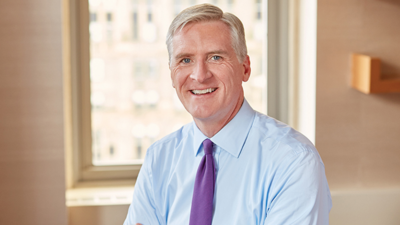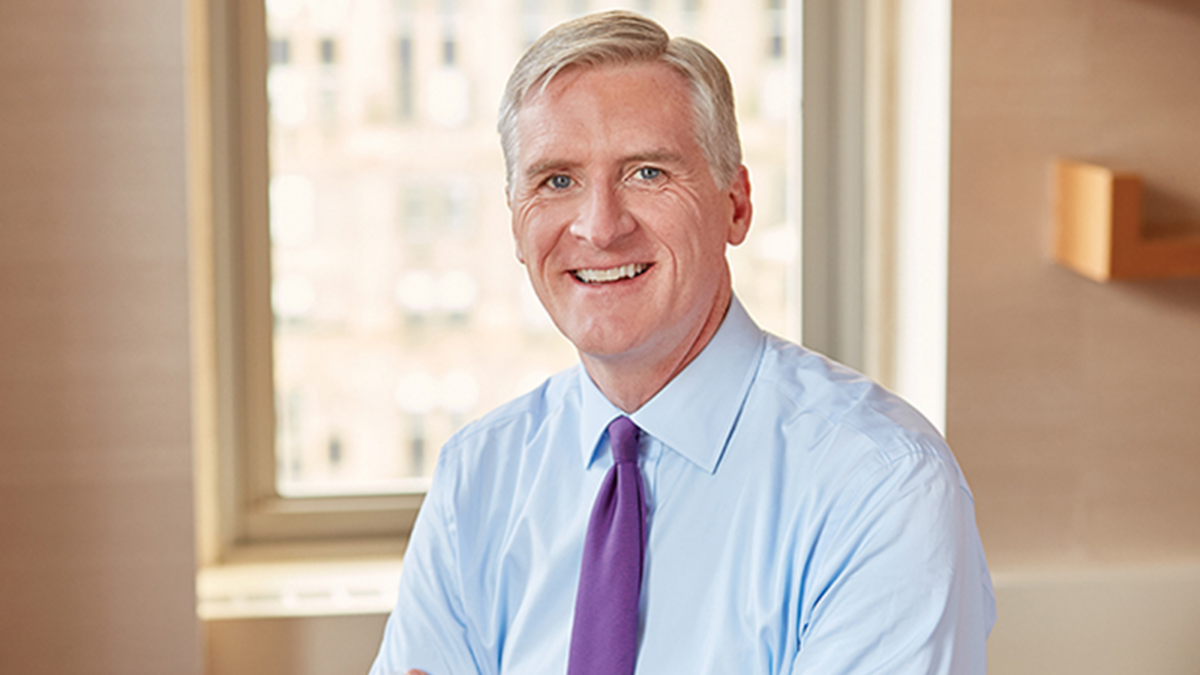Why infrastructure’s best feature is ‘misunderstood’
Infrastructure has come to comprise a larger and larger proportion of portfolios, with investors drawn to its low volatility, consistent returns, and the fact that those returns being mostly inured against inflation given the ability of many assets to pass through costs to the end user.
But while nearly every investor understands that infrastructure has inflation hedging properties, what’s “misunderstood” is just how unique that hedge is, according to Shane Hurst, managing director and senior portfolio manager at ClearBridge Investments.
“You compare it to property – and this is my personal view – which is obviously subject to competitive renegotiation of contracts and leases,” Hurst told the Inside Network’s Investment Leaders Forum in Queenstown, New Zealand. “While you do get that inflation hedge through that period, as soon as you go to renegotiate a lease, you generally get an adjustment to the structure of that lease.
“To me that is not as unique as a regulated utility that always passes through inflation – similar to commodities, which are far more volatile and don’t really account for all elements of the inflation basket. So I think infrastructure itself is very unique – back in 2022 people were very skeptical about its ability to pass through inflation, and it was able to do it.”
Hurst anticipates an “explosive” increase in power demand – in contrast to its historical trend – as businesses integrate artificial intelligence into their operations and hunt for more and more data that can be applied to them. In water utilities, AI will allow for real-time monitoring of leakages; in airports it’s already enhancing security, while toll road operators are using it for smart traffic management.
“In the next five years, consumers and businesses are expected to generate twice as much data as they created over the past 10 years. That means greater demand for power, and if you look at the International Energy Agency forecasts their base is for a 14 per cent per annum growth in power over the next three years. If you assume that increases even more because GPU chips are seven to eight times more power hungry than traditional CPU chips, that could be 20 per cent per annum over the next three years – massive numbers.”
That “global phenomenon” for increased data and energy to drive its acquisition will be to the benefit for renewables, with some of the biggest “hyperscalers” – companies like Amazon and Microsoft, which maintain vast networks of data centres and enterprise services – setting net zero targets.
“If you think about the large amount of power demand we’re expecting over the next five, 10, 15 years, there isn’t enough generation in most markets to actually satisfy that. You would need to add roughly 99 gigawatts – and that’s a big step up – by 2030 to satisfy that incremental demand.”
“Going forward, you need to have the majority of that in renewables – in our analysis, anywhere from 50-60 per cent. Solar installations go from eight per cent per annum to 16 per cent per annum – a massive step up. Wind installations go from 18 per cent to 31 per cent. Substantial power need will lead to greater amounts of decarbonisation, and that will benefit regulated utilities that you can own around the world right now.”











